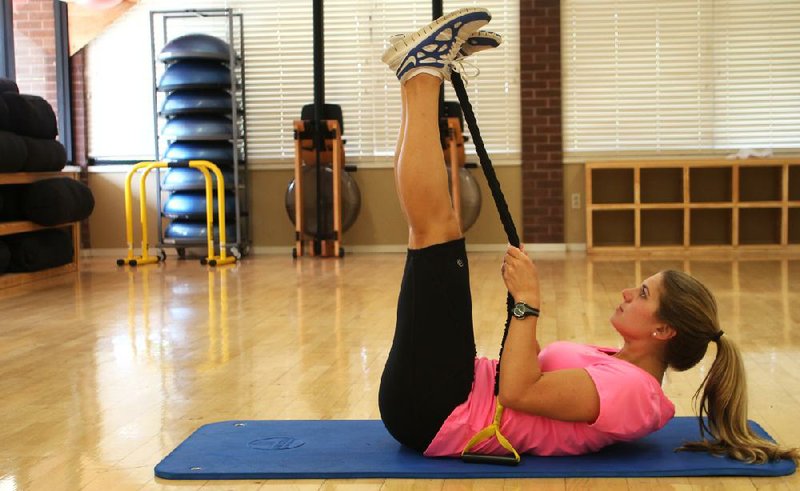Muscle activation is a regular topic of conversation in fitness circles.
What's that you say? You don't talk about muscle activation regularly? Well, do you talk about targeting certain muscle groups in specific ways to achieve a desired result? That's muscle activation -- one of the pillars of strength training.
Given the definition, muscle activation may seem rather obvious, but there are many subtleties to the concept that can affect the number of muscle fibers stimulated. This week, I'll dive into this topic and introduce an exercise designed to raise one's awareness of target muscle activation.
When the topic is broached, people think of traditional weight training exercises that target traditional muscle groups. This might include a biceps curl contracting the biceps brachii. They might imagine the quadriceps contracting during a leg extension. In both cases, the target muscle is activated in a fashion that's consistent with the purpose of the exercise.
While a fantastic workout can be achieved by simply allowing the exercise to activate the muscles you mean to target, I prefer to take a more deliberate approach. Consciously contracting the target muscles can make an enormous difference in the effectiveness of the exercise.
In other words, try to flex the target muscle as you move through the range of motion required by the exercise.
The difference between passively allowing the muscle to bear the resistance vs. actively contracting it may seem minuscule, but one set of "active contraction" should be all the proof necessary. Voluntary active contraction will definitely allow one to recruit a larger percentage of the muscle fibers within the target muscle, which should result in a more comprehensive workout.
If you've decided this sounds good and you will add active contraction to your regimen, know that certain muscle groups take a little extra homework. The abdominal groups, along with smaller core muscles, are at the top of this list.
Crunches and cable twists don't necessarily activate all of the core muscles in the same way, so it's tough to know which ones to contract during a given exercise. This week's exercise is designed to help you understand abdominal activation by helping you feel what's going on at the top and bottom of rectus abdominis with a very simple hip flexion movement.
1. Select a yoga strap or stretch band and lie on your back on an exercise mat. Extend both legs fully and position them straight up with the soles of your shoes pointing at the ceiling.
2. Wrap the strap around your right foot and hold onto the strap with both hands, your torso a few inches off the floor. Holding the right leg in place, activate your torso muscles.
3. Lower the left leg all the way down until it's a few inches off the floor.
4. Keep the leg extended and reverse direction, returning to the starting position.
5. Continue performing this single leg lift for 12 repetitions, then switch legs and repeat.
Holding one leg in a static position accomplishes two things. First, you place far less pressure on your lumbar spine than you would with a double leg flexion movement. Second, your foot serves as an anchor for the yoga strap. The yoga strap is an important component of the exercise, assisting with the abdominal activation.
It seems complicated, but you'll definitely feel the difference after your first set.
Matt Parrott has a doctorate in education (sport studies) and a master's in kinesiology and is certified by the American College of Sports Medicine.
ActiveStyle on 08/18/2014

